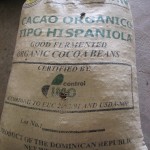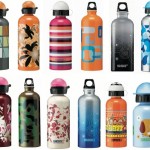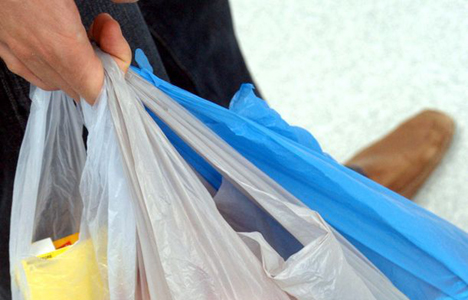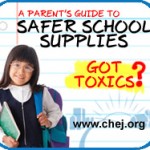An Environmental Health Night @ UVM
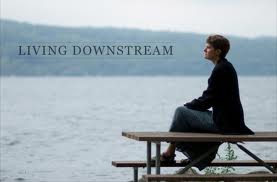 With growing awareness of the tightly woven connections between our environment and our health, Planned Parenthood of Northern New England is making a commitment to protecting both. With a desire to share this important information with our communities we will be showing the documentary Living Downstream, an adaptation of the book by Dr. Sandra Steingraber. The movie follows Dr Steingraber and her work around the country promoting awareness of the dangers of toxic chemicals as they contaminate our world and eventually our bodies. Though the film is not set in Vermont, the issues raised are relevant in our state. Despite best intentions Vermonters, too, are exposed to dangerous chemicals via consumer products and our environment.
With growing awareness of the tightly woven connections between our environment and our health, Planned Parenthood of Northern New England is making a commitment to protecting both. With a desire to share this important information with our communities we will be showing the documentary Living Downstream, an adaptation of the book by Dr. Sandra Steingraber. The movie follows Dr Steingraber and her work around the country promoting awareness of the dangers of toxic chemicals as they contaminate our world and eventually our bodies. Though the film is not set in Vermont, the issues raised are relevant in our state. Despite best intentions Vermonters, too, are exposed to dangerous chemicals via consumer products and our environment.
Please join us Wednesday, January 26th at 7pm for an evening of action as we screen the documentary Living Downstream, an adaptation of the book by Dr. Sandra Steingraber. Watch the Trailer Here
A conversation will follow the film as we talk about the relevance of this critical link in our communities and the need for comprehensive chemical reform in Vermont. Our hope is that you’ll agree with us that toxic exposure is unnecessary and voice your concern to your legislators here in Vermont.
Environmental Health Night: Documentary and Discussion
Wednesday, January 26th at 7pm
Sugarmaple Ballroom 4th Floor Davis Center, University of Vermont
This is a FREE Event!
Hosted by Planned Parenthood of Northern New England, a member of The Alliance for a Clean and Healthy Vermont & the Environmental Studies Department.
For questions e-mail Naani.Sheva@ppnne.org

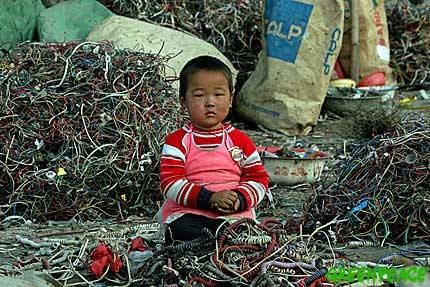
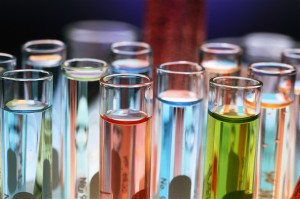 The more we learn about the 80,000-100,000 unregulated chemicals out there, the more we realize how dangerous some are to our health. There is growing evidence linking chemical exposure to
The more we learn about the 80,000-100,000 unregulated chemicals out there, the more we realize how dangerous some are to our health. There is growing evidence linking chemical exposure to 
